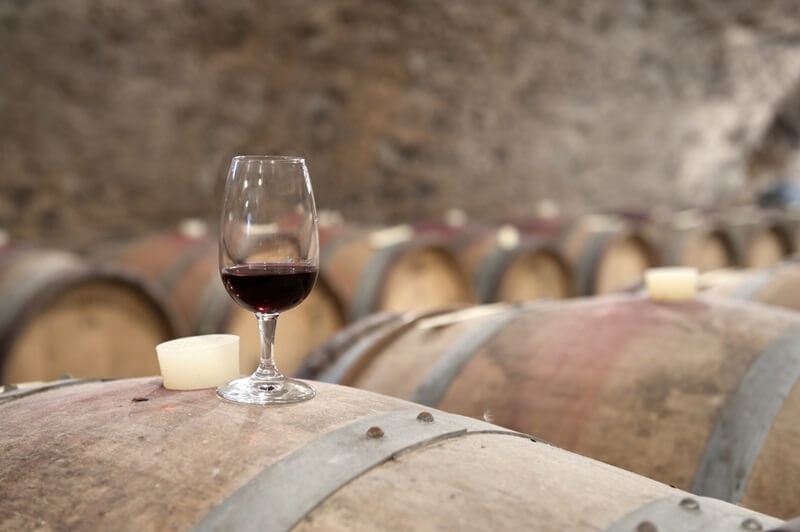
Most people think of wine and immediately go to France and Italy, yet Spain has been constructing a reputation for itself as one of the world's most tradition-filled and diverse wine nations. This Spanish wine guide provides all the information you require—from Rioja wine demystified to the wonder of cava sparkling wine in Spain and a beginner's primer to Spanish wines for newcomers to the world of wine. You’ll discover a wide range of wine regions within Spain's diverse climate and geography, each offering unique grape varieties and winemaking traditions. And because wine is inseparable from food, we’ll also cover the best food pairings with Spanish wine to bring your experience full circle.
Spain is the world's third-largest producer of wine and the nation with the most significant vineyard surface area in the world. Spanish wine-making history spans over 3,000 years, when the Phoenicians planted vines in Iberia. The Romans further developed the vineyards, so Spain became one of their favorite wine-producing areas. Now the guide to Spanish wine needs to begin with that background—where centuries of growth, climate, and culture molded the bottles sold around the globe.

No Spanish wine guide would be complete without Rioja wine. Rioja, in northern Spain, has sophistication, balance, and aging capability. From the Tempranillo grape predominantly, Rioja wines are classified by aging stage:
These are the categories that establish Rioja's depth of flavor and complexity. From bright cherry and plum flavors to vanilla, leather, and spice, Rioja is a winemaking masterclass.
The Sparkling Pride of Catalonia includes:
The second part of our Spanish wine tour is learning about cava sparkling wine in Spain, which, in quality, compares to Champagne but without the price tag. Produced in Catalonia, cava is made using the traditional method of champagne. Macabeo, Parellada, and Xarel·lo grapes yield a crisp sparkling wine with citrus-led flavors and high acidity.
Cava is enjoyed worldwide for its versatility - it pairs well with tapas, seafood, or while having a party. Whether Brut, Semi-Seco, or Rosé, Cava captures the high spirit of winemaking in Spain.
For beginners, a beginner's guide to Spanish wines is the best place to start because the diversity in Spain is overwhelming. Here are my suggestions for starting:
This organized sequence ensures beginners enjoy Spain's range without getting lost.
Spain has over 70 Denominaciones de Origen (DOs), each with different wines. To render this guide to Spanish wines accessible, let's categorize the major wine regions in Spain:
The climate of each region—cooled by Atlantic winds in Galicia or toasted by the sun in Andalusia—produces uniquely different wines, as varied as the land.
No guide to Spanish wine would be complete without talking about food pairing with Spanish wine, because wine and food in Spain are identical. Here are some classic pairings:
Pairing not only adds to taste but also highlights Spain's food-and-wine balance.
Spanish winemakers have maintained an equilibrium between traditional winemaking methods and progressive expressions. Some of the prominent trends are:
These tendencies transform Spain not only into a traditional wine center but also into a progressive trendsetter.
For those applying this guide to Spanish wine practically:
Because Spain is unmatched in diversity, value, and authenticity. From the sophistication of Rioja wine to the celebratory sparkle of cava sparkling wine in Spain, each sip is a tale. This guide to Spanish wines illustrates why Spain stands alongside France and Italy as a global wine power. Whether novice learning about a beginner's guide to Spanish wines, a tourist touring wine country in Spain, or a gourmet mastering food pairing with Spanish wine, Spain delivers.
In addition to using this Spanish wine guide to discover one of the most vibrant wine cultures in the world, you can explore classics like Rioja (and cava), learn about Spanish wine through a beginner's guide, and understand different wine regions in Spain. The goal is to discover a world of flavor and tradition and pair traditional Spanish wine with the correct type of cuisine so you can fully appreciate Spain's unforgettable lifestyle.
Spanish wines are more than a drink. They are history, terroir, and celebration. You are now in a position to understand Spanish wines not only as a drink, but also as a cultural experience.
This content was created by AI